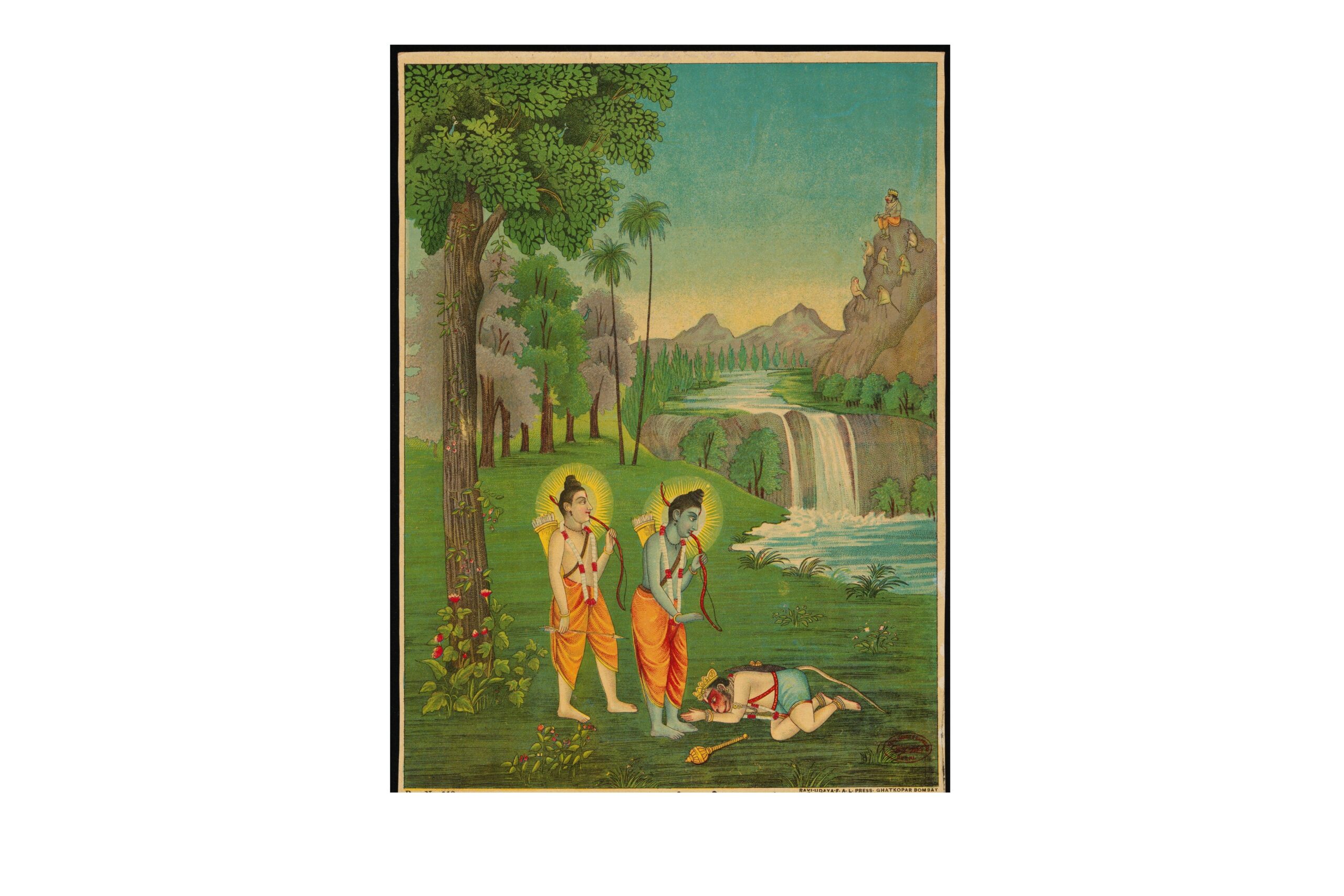Janasthan was a major spot during Shri Ram’s search for his wife, Sita.
After Sita was taken away, Shri Ram and Lakshman went through woods and places looking hard for Sita who had been taken by Ravana. It was in this hard search that they got to Janasthan, which was the capital of Dandakaranya which was ruled by Ravana’s brother Khara. It was here that Ram killed Khara and his brothers.
Even though short, Shri Ram’s time in Janasthan was full of respect and a feeling of wanting more. Janasthan, with its sacred feeling, shows the long-lasting love between Shri Ram and Sita. This represents their strong promises to each other made in doing what’s fair and following laws correctly.
Today, Janasthan is still respected by visitors and worshippers. They remember the deep relationship between Sita’s birth place and Shri Ram’s great adventure to protect truthfulness, goodness, and affection.
Further in the quest of finding Sita, Ram and Lakshman reached the banks of Pampa Sarovar, close to the country of Kishkindha, which is very important in Ramayana. The big lake is talked about in a famous story on the banks of which lived Shabari, a devotee of Rishi Matanga who grew old whiile waiting for Shri ram and guided him to Sugriva and Hanuman who would then help Ram find Mata Sita.
When they got to India’s holy Pampa Sarovar, Shabari fed Shri Ram after tasting the food herself which is quite a famous story in itself. She said to ask for help from Hanuman and Sugriva, who lived more south near the Pampa lake.
The Ramayana doesn’t talk much about it, but Pampa Sarovar is important for its peaceful atmosphere in the story. In Hindu books, the lake is important because Pampa – a form of Shiva’s partner Parvati – did hard meditation to respect Lord Shiva there.
The Pampa Sarovar is found down between the hills on the Anegundi-Hospet road. It has a quiet valley filled with pretty lotus flowers that come out and make it even more attractive in nature. Shrines for Lakshmi and Shiva can be found along its shores, as well as a simple Ganesh place under a mango tree.
The quiet attractiveness of Pampa Sarovar is like a story from Ramayana. It keeps its sacredness for all time in the never-ending tales of this big work

